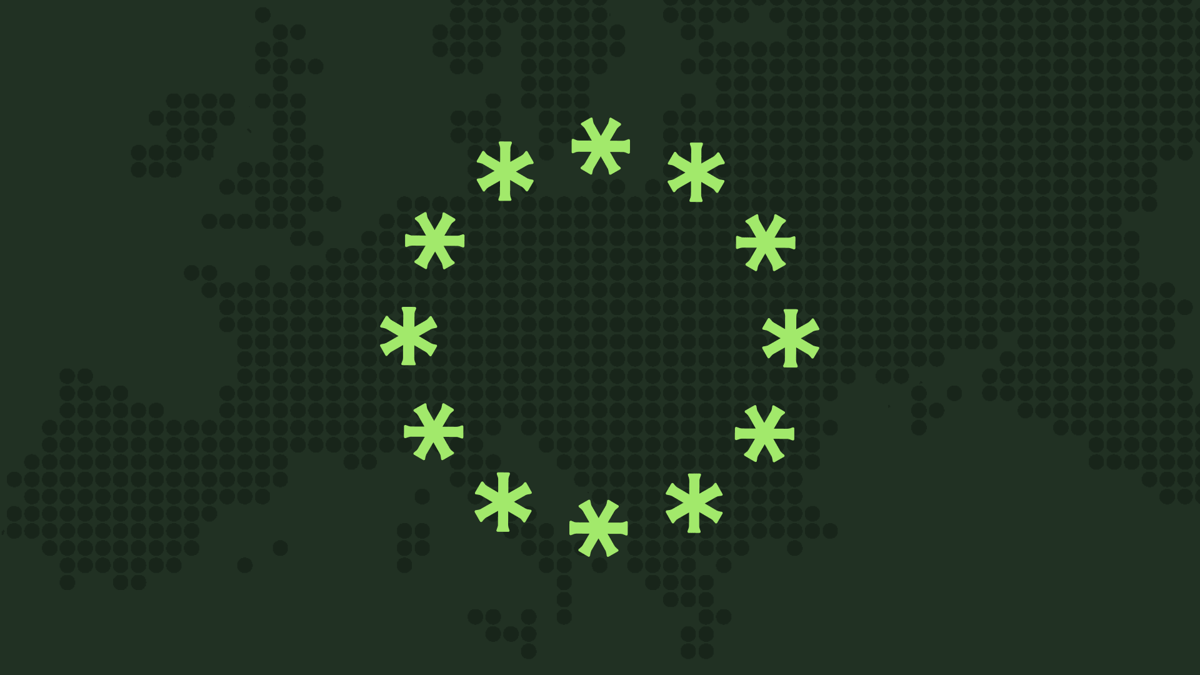
Unpacking FIDA & PSD3: What is transforming the Financial Landscape
FIDA and PSD3 are transforming the financial services industry by focusing on facilitating greater data accessibility and fostering a more competitive landscape. Both regulatory frameworks will enhance consumer experience and enable consumer-centric decisions. Let’s delve into details and put FIDA (Financial Data Assets Regulation) and the PSD3 (Payment Services Directive 3) side by side.
The financial services industry, including insurance, has seen accelerated digital transformation, with new EU rules on financial data access and payments playing crucial roles in the shift from traditional financial services to more open and customer-centric offerings.
Understanding the Financial Data Access Regulation
FIDA is about empowering consumers by giving them control and transparency over their financial data. FIDA facilitates consumer access to their personal financial data across networks. FIDA will empower all consumers because it will establish a digital framework that allows them to better understand their financial situation, enabling them to make informed decisions.
From product discovery to frictionless switching and personal finance management, FIDA provides customers with a data-driven and personalized financial journey with the potential to evolve into a fully automated system. In instances where customers desire a less digital touch, they can opt to interact with human advisors who can make best of their data insights to provide tailored recommendations and services.
The role of the Payment Services Directive 3
PSD3 is the Commission’s revision of the Second Payment Service Directive from 2015 (PSD2). The second version of the directive encouraged innovation and competition by giving customers the ability to access their financial data across banks, giving the impetus for more innovative products that transcend traditional banking services.
As mentioned by the European Commission, PSD3 will be just a step forward and not a revolution of the payments system. The aim is to enhance the efficiency of open banking, particularly in terms of optimizing data interfaces, eliminating barriers to open banking services, and empowering consumers with more knowledge over their data. Additionally, PSD3 will ensure secure electronic payments in the EU, domestically or cross-border, in euro and non-euro, by tackling new types of fraud like spoofing, which blur the distinction between unauthorised and authorised transactions.
.jpg?width=1920&height=1080&name=Faktaruta-2%20(1).jpg)
FIDA and PSD3: A Comparison
Both FIDA and PSD3 are pivotal in promoting financial transparency and customer empowerment.
Scope differences
The main difference is their scope: while FIDA focuses on the broader financial data across various institutions, PSD3 specifically targets payment services, revolutionizing the way transactions are made. Therefore, payments accounts, and its associated data, are not included in scope for FIDA’s data sharing regulation. Examples of customer data categories covered by FIDA are, non-life insurance (excluding medical and health), pensions, savings, loans, and mortgages. FIDA gives a consumer access to their customer data for these types of accounts, allowing them to take control of their personal and non-personal data that is collected, stored and otherwise processed by a financial institution as part of their normal course of business with customers; which covers both data provided by a customer and data generated as a result of customer interaction with the financial institution.
Common ground
FIDA and PSD3 will both increase consumer access to their financial data, resulting in an empowered EU citizen. Additionally, both take steps to protect the consumer and give them greater control through data sharing permission dashboards; enable the consumer to easily see who they have shared their financial data with, what data was shared, and empower them to revoke access to that data.Personalization can also enable financial institutions to recommend products and customized digital assistance that provide real-time guidance to customers throughout their financial journey. Abiding by privacy and data protection guidelines, and using data ethically, is the foundation of trust that underpins customer relations and in turn ensures the open finance industry thrives.
Unleashing the Power of Data
Data sharing is beneficial because it allows businesses to cater to individual needs and preferences. This not only makes customers feel valued but also helps build loyalty. Financial institutions that are the first to use data for personalization will have a competitive edge in retaining customers and attracting new ones.
In the world of finance, regulations like FIDA and PSD3 are driving significant changes. They mark the beginning of a new era of open finance, where data sharing, customer empowerment, and transparency are key. By allowing customers access to their financial data, they open up opportunities for innovative products and services that are vastly superior to traditional banking.
